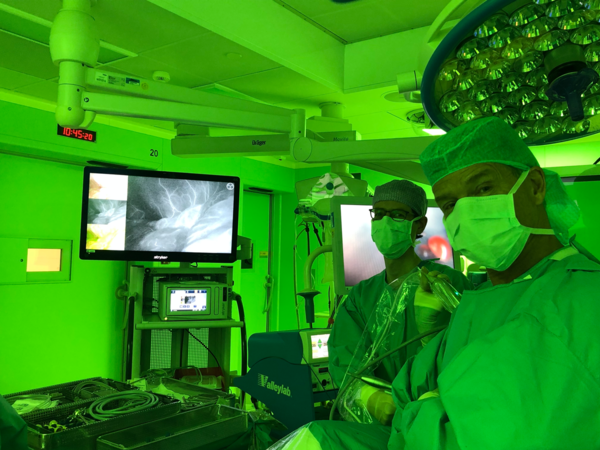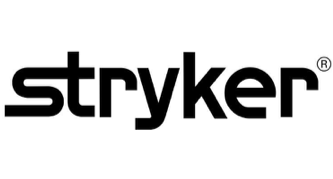Optimising surgical resection for Crohn’s disease by fluorescence-guided surgery
Crohn’s disease is a chronic recurrent inflammatory bowel disease. Up to 75% of patients require a surgical intervention during the course of their disease. Unfortunately, surgery for Crohn’s patients is not curative and disease recurrence is common with over 60% having endoscopic recurrence at six months, and up to 20% of patients need further surgery within 10 years. This heavily impacts patients’ quality of life.
So far, all guidelines advise limited resection of affected bowel, without resection of the adjacent fat (mesentery). Preliminary data suggest a potential benefit of resecting affected mesentery with reduced surgical recurrences. However, balancing removal of mesentery is crucial as larger resections can increase postoperative complications. Recently, we have demonstrated that mesenteric pro- inflammatory macrophages are active participants in CD pathology that have a specific gradient of aberrancies. This indicates that not all mesentery is equally affected.
The aim of this project is to specifically bind the pro-inflammatory macrophage to a fluorescently labelled molecule, so that fluorescence-guided surgery can be used to improve the accuracy of Crohn’s resections. The consortium partner Stryker is helping with the equipment to demonstrate the location of macrophages during surgical interventions. After a pilot in vivo study to demonstrate safety and feasibility, it is hoped to start a multicenter clinical trial to demonstrate that a patient-tailored approach will result in reduced postoperative Crohn’s recurrence.
As Chrohn’s disease typically affects young people in the midst of their socioeconomic life, it is associated with high burden of health care resources. With over 40.000 patients in the Netherlands, it is hoped that by optimising the surgical technique, it will not only directly improve patients’ quality of life, but also introduce a more cost-effective treatment strategy on the long-term.

This collaboration project is co-funded by the PPP Allowance made available by Health~Holland, Top Sector Life Sciences & Health, to AMC to stimulate public-private partnerships. For questions, please contact AMC directly via the following email address tki@ixa.nl.


